7 Crucial Tips To Best Take Care Of Potted Plants
Nov 14, 2018 by apost team
Whether your thumb is green or not, there's no reason that you cannot enjoy the beauty of a healthy and vibrant potted plant.
The important thing is to give them a home suited to their needs, with the right fertilizer, water, and maintenance that they require. By following them, these tips will make your plants happy and bring color and life to your home, indoors and out.
1. Pick Your Perfect Pot
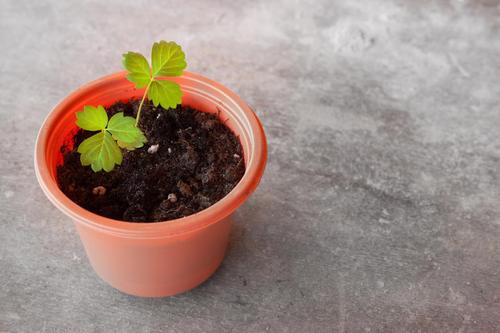 istockphotos.com/Quils
istockphotos.com/Quils
Without the right drainage, your potted plant will suffer damage to its root system. So, when you are picking it out, check the bottom for one or more holes which encourage the flow of water and prevent drowned roots.
You also should take care of the materials that the pot is made out of. Nonporous materials, such as plastic, fiberglass, and resin, will absorb less moisture than porous pots, leaving more for your plant. Finally, you should choose one that matches both your style and your budget.

apost.com
2. Potting Mix Matters
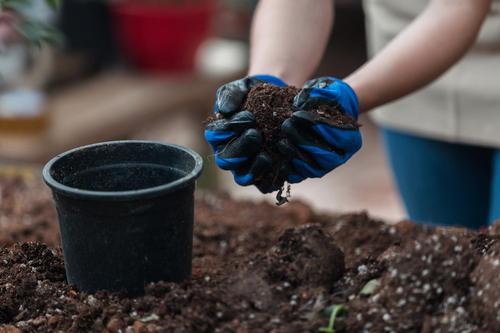 istockphotos.com/bymuratdeniz
istockphotos.com/bymuratdeniz
Most potting mix that you find from a garden center will be made out of a nutritious mixture of peat moss, vermiculite, and organic matter. Depending on the watering needs of your plant, you may also want to consider a time-release fertilizer or water-control mixture but those can cause issues with moisture if you have a plant that requires less water, such as a succulent.
Some people will try to use garden soil but this often has insects, fungi, and less nutrition for the plant.
3. Location, Location, Location!
 istockphotos.com/sagarmanis
istockphotos.com/sagarmanis
Check your plant’s lighting needs and place your plant accordingly. Even indoor plants may require multiple hours of sunlight, so you will want them by a south-facing window. East and west windows provide more moderated sunlight. If you have a busy household, make sure it goes into a place that is out of the way of kids and pets.
4. Water correctly
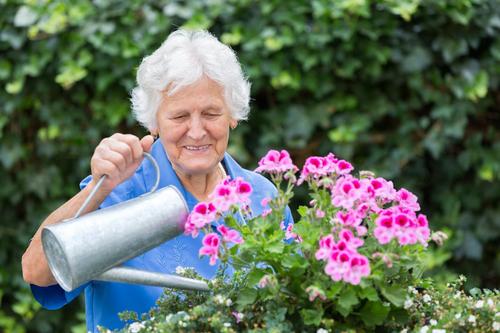 istockphotos.com/FredFroese
istockphotos.com/FredFroese
After potting your new plant, it should be watered about once a week, or daily in hot weather. Water your plant until it comes out of the drainage holes on the bottom but by taking care that you do not water more.
Also, you should be careful to keep the water on the soil and not the leaves or foliage, otherwise the plant could get fungus or scorched.
5. Fertilize every few weeks
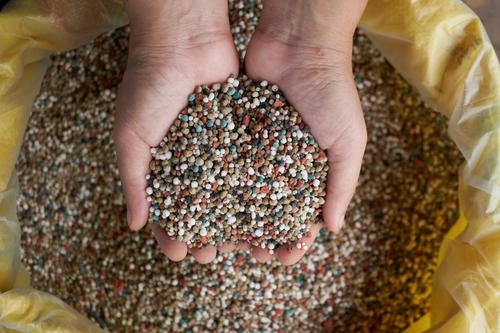 istockphotos.com/iamporpla
istockphotos.com/iamporpla
Since the plants are grown in containers and not in the ground, they will need more fertilizer than the plants that are grown directly in the garden. When you water the plants, the nutrients flush out and need be replenished every couple of weeks. When you buy the fertilizer, make sure you pick one that matches the needs of your specific plant.
6. Maintain healthy blooms
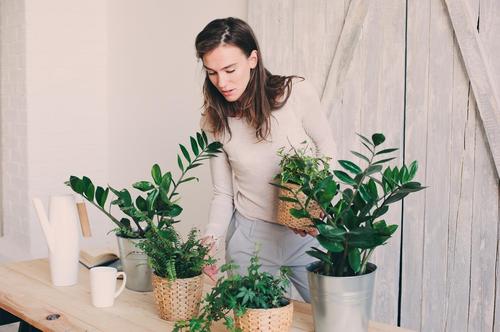 istockphotos.com/Mkovalevskaya
istockphotos.com/Mkovalevskaya
Deadheading, removing faded blooms, encourages the production of new flower blooms. Other plants with too many small flowers need to be trimmed back to a third of their size, then they will come back with bright new buds. Some plants' dead blooms will shrivel away on their own and not need to be removed.
7. Prevent Pests
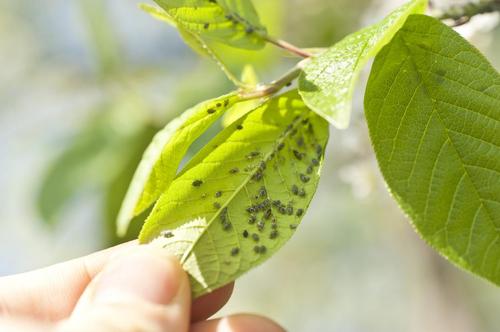 istockphotos.com/wakila
istockphotos.com/wakila
Even indoor plants can become sick or brown from pests, dust buildup, and fungi. Every few months you should gently clean the plants using a soft rag and organic insecticide soap to prevent any issues from developing. You can take the same insecticide outside for your outdoor garden plants too!
How are your indoor and outdoor potted beauties doing? Have you noticed any improvement since trying these tips or maybe some others? Let us and your friends know so every plant can grow green and beautiful this season.